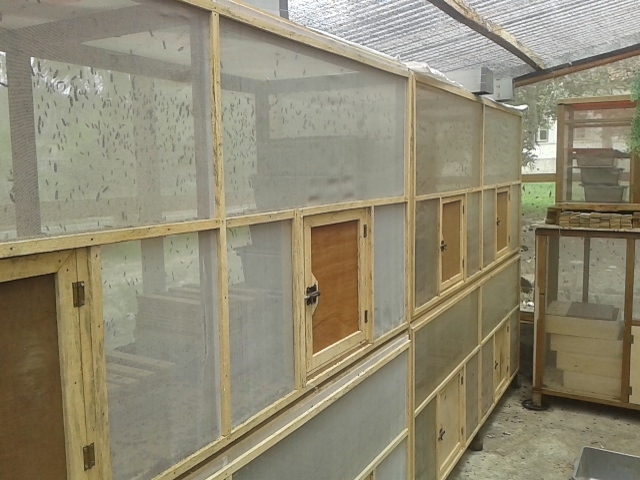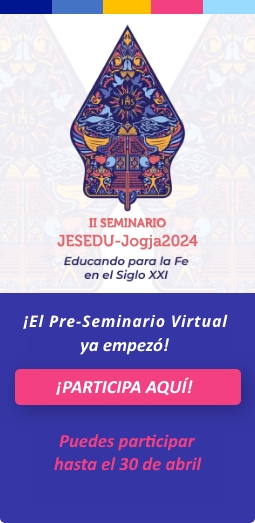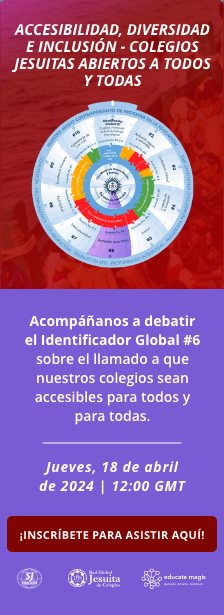Minor Seminary St. Petrus Canisius of Mertoyudan, Indonesia, has an environment programme to increase food quality for students and to build the students’ character to love the environment. In Seminary, we have been developing fish cultivation since 2018 with the purpose of optimizing the wide area we have as an effort to care for the environment. Besides that, Seminary also has a fish food development programme, with the purpose of making food self sufficient.
One of the main goals of the fish cultivation programme is to educate the character of the students at Minor Seminary. Teachers are involved in this programme not only to develop the productivity of fish, but teachers can also use fish cultivation as a means to foster creativity and creative learning in our students. For example : in entrepreneur studies, students can learn fish cultivation as the entreprenuer programme and as the asset for empowering society, i.e. creating a strategy to increase the productivity of the fish.
As well as this, the programme helps to build the ecological literacy of our students; how to care for the environment through fish and water maintenance, how to keep water clean, and how to increase consciousness about the importance of water, so every student can help to prevent water pollution. As for the character building aspect of the fish cultivation programme it helps students to learn to work hard, to learn discipline, to be loyal, humble, respectful and honest. Cooperation in management, solidarity among the students, respect to keep our water clean, discipline and loyalty to keep the fish reservoir, humility and respect to love and care for our environment are essential elements which contribute towards building students’ character. =
In summary, the Fish Cultivation programme in Minor Seminary St. Petrus Canisius of Mertoyudan has four goals:
- To educate and build students character.
- To develop entrepreneurship of our students.
- To increase students’ consciousness to care for our environment and to increase the ecological literacy of our students.
- To increase the food quality (protein) which our students receive.



Inicia sesión o Hazte miembro
para crear y ver comentarios

